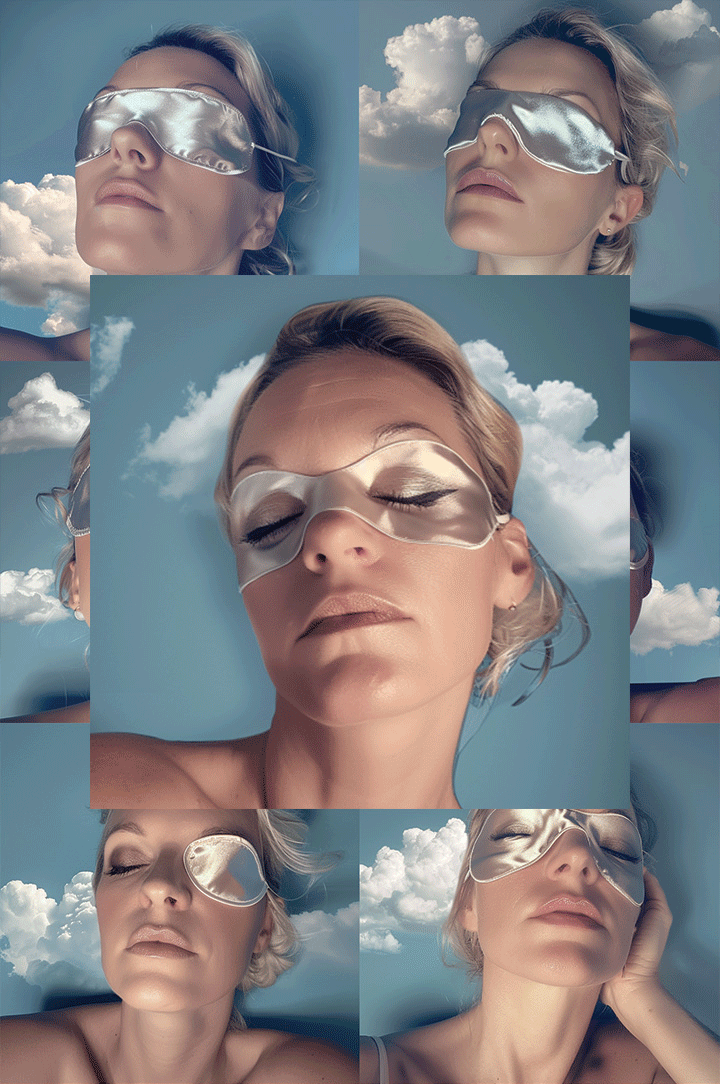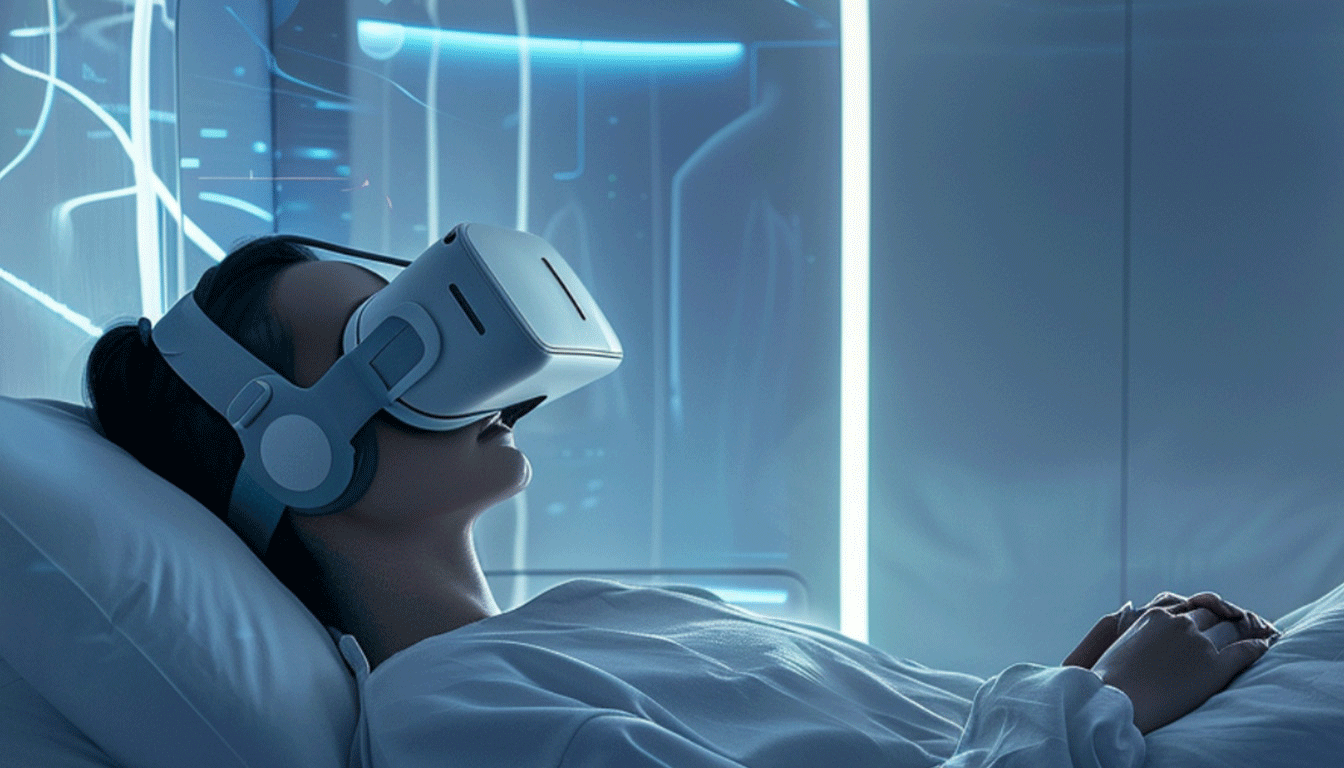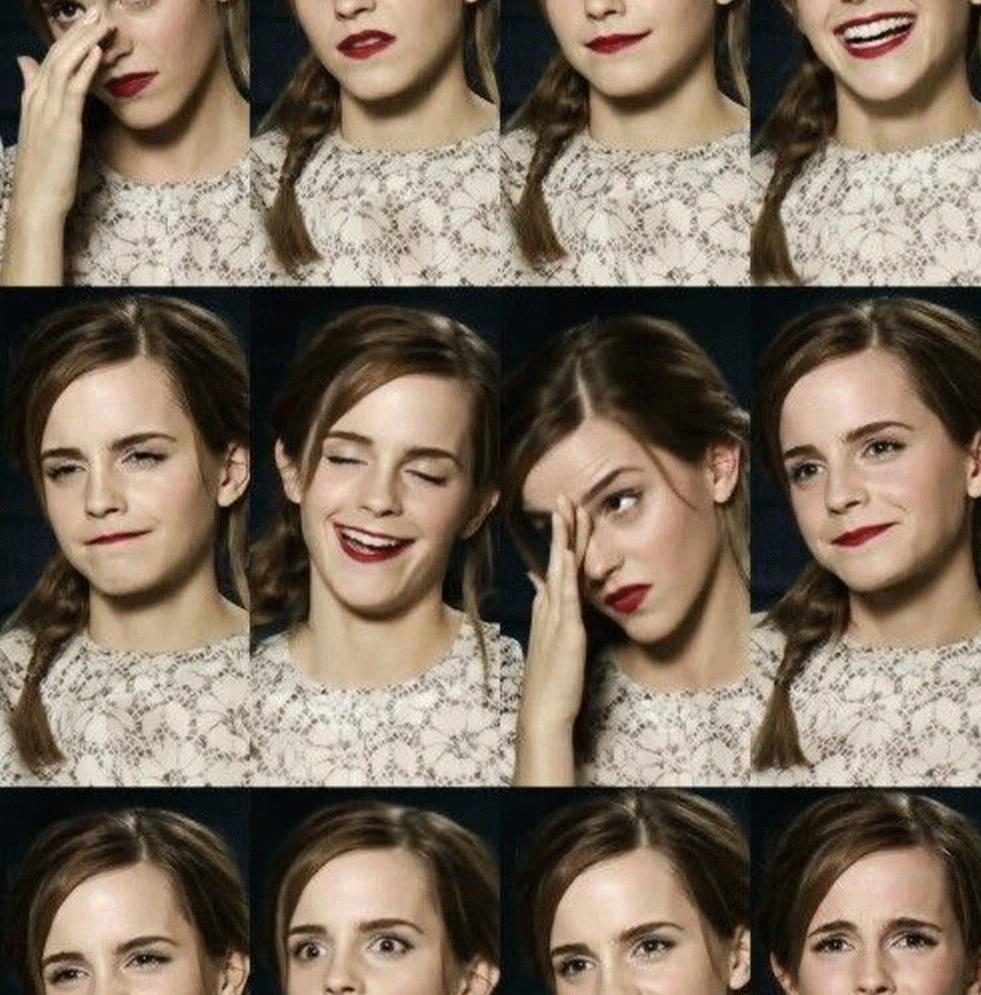I am taking notes of changes observed in the macro- and micro socio-cultural context. Observations that depict patterns and help to craft strategies for a better everyday life tackled through design.
I collaborate with brands and universities to strategize, shape, educate and realize time-sensitive concepts that talk to the consumer sentiments of today and tomorrow.
I am a researcher, a strategist and a creative designer. Spaces are my playground. A space has no life without people interacting within. I therefore design spaces that tell stories for and with the people. The foundation is to understand people’s needs and wants before crafting their worlds. In a tech-defined life where chat bots become our friends and imaginary worlds offer new dimensions of virtual realities (...), I value the emotional, spontaneous, and imperfect aspects of what it means to being human. My goal is to design phygital spaces that facilitate these experiences, fostering connection, comfort, inclusivity. Spaces with a sense of well-BEING, belonging, and empowerment.
Sentimental Research Radar Slumber Journeys
Brooklyn, November 2023
As burnout escalates to alarming levels and over 50% of young people succumb to bedtime revenge procrastination, the wellness industry experiences growth in sleep tourism. Consumers now emphasize wellness and fixate on maximizing productivity. I try to analyize the new attitudes, products and experiences associated with getting a good night's rest and hope to find tendencies, asking: How can brands capture the spend of sleepy consumers on the go?

Quality sleep is now a rare commodity, but a new travel trend in 2025 prioritizes it, recognizing the link between sleep and well-being. Leading travel brands offer amenities and digital tools for ideal sleep experiences. While some UK Gen Z individuals report improved sleep post-pandemic, concerns linger, especially among those anxious about sleep's impact on health. 54% of women stress about adequate sleep, with 38% acknowledging stress affecting sleep quality. The popularity of sleep-related content on platforms like TikTok, seen in 33 million views for #SleepHygiene, highlights a growing interest in sharing sleep tips. This sleep tourism trend is expected to appeal to the Time Keepers cohort and those dealing with overwork and underpayment, particularly working women.

RESTORATIVE REST
Consumers need sleep for sustenance amid a polycrisis and hotels and retreats must rethink offerings that are designed to recharge guests. Quality sleep serves as a longevity trick, connected to enhanced brain function and a lower disease risk. With many consumers grappling with inadequate sleep, hotels are prioritizing sleep experiences as their main attraction. Lifestyle brands can enhance sleep-centric spaces by incorporating small indulgences like sleep accessories into rooms and retreats. Hotels should create stays that facilitate a break from technology, promoting better sleep through low-tech digital detox experiences.
EXAMPLE | AI-ENABLED SMART MATTRESSES
New York’s Park Hyatt opened six Restorative Sleep Suites with AI-enabled smart mattress brand Bryte in 2022, which boast 90 cushions that adapt to bodies and can determine climate and provide sleep statistics.
EXAMPLE | CHECK-IN-TO-CHECK-OUT
The Zedwell in London is “the hotel you check in to check out", with soundproof rooms that block out noise. There are no TVs to discourage digital distractions before bed (as this can lead to depression and anxiety)
Hotels are unleashing rest packages that stretch days and offer escapism or hacks for better sleep habits. Six Senses in Ibiza offers three-, five- or seven-day deals with fitness classes and a consultation with a sleep doctor. Sleep brands are even offering hotel stays that centre rest. Mattress label Emma unveiled two sleep-focused hotels in Sydney and Taipei, while lux Swedish mattress brand Hästens unveiled a sleep spa hotel in Portugal.
SLEEP AS A SERVICE
From hotel rooms to mobile apps, the demand for good sleep is influencing brands to provide sleep as a service for those on the move. Hotels are redefining the wake-up call with the rise of the sleep concierge, with humans and digital tools stepping in to lull guests to sleep. Recommondation: Partner with leading sleep experts to develop programming and one-toone coaching sessions to help burned-out travellers heal.
EXAMPLES | SLEEP SANCTUARIES
New York's Benjamin Hotel enlisted NYU sleep researcher Dr. Rebecca Robbins to transform rooms into sleep sanctuaries with noise-reducing windows, a pillow menu and a Power Nap Kit with sleep products
London's Cadogan has a pillow menu and plush products such as a weighted blanket and scented pillow mist. It also teamed with hypnotherapist, Malminder Gill offering a guided meditation on its app
The Simple Habit is a meditation app boasting just 10% sleep content despite 70% of users leveraging it for sleep. This inspired the launch of Sleep Reset, an app that is a "digitalised, personalised sleep clinic", with sleep coaches offering tailored recommendations and text feedback. It offers an eight-week science-backed course helping to reduce sleep stress sans pills and promises improvements in two weeks. App users need 53% less time to fall asleep and almost 50% stop taking sleeping pills post-app

DIGITALLY DOZING OFF - TECH FOR THE ESCAPE AND RECONNECTION
Lean into VR to offer immersive sleep solutions or transport those who cannot rest and those who are looking for an escape from reality. As more people use VR, new lifestyle norms are emerging. 'Sleep rooms' on social VR platform VRChat attract the lonely and sleep-deprived with a respite from reality. VR offers users a chance to escape into an immersive and embodied space, which makes VR sleep rooms feel real, and emerge as medicinal rituals for lonely and sleep-deprived people. Recommondation: Hotels should offer VR sleep experiences to expand IRL guests' imaginations, but also dismantle reality privilege and lure in remote audiences interested in exploring the property digitally.
EXAMPLES
Inter-Dream was a 2019 research project out of Melbourne's RMIT University, which aimed to help people sleep. With a VR device, viewers could experience a multisensorial immersive display that merged multicolour and multi-shaped transient kaleidoscope-like visuals with ambient music, designed to prevent pre-bed jitters and help create calm. Participants who used the device were 55% less fearful after and experienced 8% more positive emotions and 13% more serenity
The Lake Nona Wave Hotel in Florida offers Well+ech guests access to VR meditation. While wearing a VR headset, guests enjoy pre-recorded or live music and multisensorial meditation and breathwork.
*all Images are produced by Annabelle using collaging methods and AI: #Midjourney
KEY STRATEGIES
1. OFFER REST-ENHANCING PRODUCTS & SERVICES
Hospitality brands can offer moments of recovery via experience, whereas f&b, beauty and fashion brands should work with these hotels to roll out on-premise product placements.
2. DOZE-OFF WITH DIGITAL SLEEP JOURNEYS
Virtual Reality (VR) could emerge with more medicinal wellness purposes. VR sleep solutions and opportunities for digital care integration may become reality sooner than we think.
3. MAY IS THE BETTER SLEEP MONTH
Use this time to promote sleep solutions, while keeping long-term holistic rest solutions in mind.
New Technology
Mental Health & Wellbeing
Brooklyn, December 2023
With new wearable technology such as the Apple Vision Pro set to revolutionize how we integrate new technologies in our everyday life, my approach with immersive projects blending the physical and virtual to improve well-being and presence (Project: BEING in Bed, 2023), is more relevant than ever. I am continuously exploring the implications new technologies such as Virtual Reality can have on mental health and education for humans - for the better.

Excessive online activity is causing cybersickness, a term for the negative effects of prolonged screen time. The emergence of the unregulated metaverse, immersive new technology, or the internet in general poses a potential threat, amplifying these symptoms.
While only 38% of global consumers are familiar with the metaverse, 21% of US consumers express concerns about Web3's impact. With mental health issues on the rise and Gen Z showing a less positive outlook but heightened interest in virtual worlds, alternative treatments within the gaming space are emerging. Digital therapeutics like VR exposure therapy are addressing anxiety in a controlled environment, with the VR healthcare market projected to reach $3.9 billion by 2027.
Considering brands but mostly spatial designers have a part to play in creating virtual worlds and stories and that have an ethical benefit to our well-being.
EFFECTS OF ENTERING THE METAVERSE
As the metaverse advances, concerns about its implications are rising, with 41% of global consumers expressing worries about its impact on mental health. While the metaverse allows users to explore identities through avatars, widespread adoption may lead to 'phantom timeline syndrome,' blurring the lines between physical and virtual existence.
Early research suggests a potential link between extended virtual lives and psychoses like hallucinations and delusions. Addiction to virtual worlds poses risks, requiring companies to set limits on recommended usage time. Psychologists fear that issues from social media, such as harassment and self-esteem problems, may intensify in the metaverse.
In December, the Center for Countering Digital Hate deemed the metaverse unsafe for kids, citing incidents of abusive behavior on Meta's VR app VRChat. Gen Alpha, growing up in the metaverse, may face challenges in distinguishing virtual from real due to underdeveloped prefrontal cortex responsible for memory and attention, warns neuroscientist Thomas Baumgartner.
IMMERSIVE THERAPIES
Propelled by the compounded collective trauma of the past two years, mental health conditions are expected to become the primary global cause of mortality by 2030. Immersive solutions offer a potential means to alleviate these challenges and democratize access to care.
With the global digital therapeutics market projected to reach $6.904 billion by 2025 and an increase in mental health conditions, innovative startups are emerging with immersive solutions for digital mental health treatment. Clinical trials have shown that VR can reduce anxiety in young patients undergoing medical procedures, and meta-analyses indicate that VR experiences can evoke compassion and enhance empathy.
UK-based VR startup Anomie addresses the stigma around seeking mental health support by developing a VR app for easy care access in the metaverse. Anomie plans to launch pop-up stores across various virtual worlds for users to receive digital remote therapy. Another startup, Austin-based Rey, introduced a mental wellness platform offering VR therapy sessions for social anxiety, resulting in a 38% decrease in anxiety over six weeks for patients who underwent automated VR therapy.
Miami-founded startup Ei.Ventures is introducing a digital innovation to psychedelic therapy. In January, the company disclosed its acquisition of a parcel of land in The Sandbox, where practitioners can host individuals and offer sessions involving psychedelic therapy.
Games are increasingly recognized as a favorable arena for addressing mental health issues, as these recreational and communal spaces provide assistance during challenging times. In March, DeepWell Digital Therapeutics, a gaming startup based in Seattle, revealed plans to create video games addressing mental health concerns from 2023 onwards. Video game-based tools have demonstrated effectiveness in managing conditions like ADHD and depression. Another trend is the ascent of neurogaming, where neuroscience principles are applied to games. Platforms such as XRHealth offer virtual treatment spaces for therapy related to autism, anxiety, chronic pain, and stress.
*all Images are produced by Annabelle using AI (#Midjourney), Pinterest and Collages.
KEY STARTEGIES
OFFER DIGITAL ESCAPES As we all move our lifes more into the digital, designers and also brands should explore new solutions and sweet escapes in the digital (that maybe bring us back to the physical essential - as I speculated with BEING in Bed). Virtual escapes that can counter some of the negativity of these worlds and protect us from the pitfalls of spending too much time online but use it meaningful to increase the moment of presence and re-discover longer attentionspans through multisensorial and multidimensional storytelling for contemplation, education and immersion (...).
AMPLIFY WELLBEING SOLUTIONS Early resaearch is showing the potential benefits of VR mental health therapies. We should further explore and democratize these digital solutions for the ethical and improved everyday life - but not the exploitation of time and overstimulation of escapes and information overloads.
Designing Emotions:
In the age of technology more important than ever
Brooklyn, January 2024
The Future is Feeling. As a designer who builds spaces in the physical and virtual interiors I provide experiences. Whereas experience design was often about what it does and portrays in the past decades, it now will be heavily focused on how it makes us feel. With accelerated, new technology and a weakened processing system and shorter attention spans, it becomes pivotal that the physical spaces make us feel human. Maybe vulnerable. Maybe “feeling everything”. I explore the rise of emotional intelligence and how we designers and brand strategists are currently responding to it.

Technology companies are at the forefront of creating innovative products capable of deciphering emotions through facial expressions, speech patterns, and bio-responses. The integration of emotional insights is becoming more prevalent in various applications.
Microsoft's Emotion API, for instance, excels in detecting facial expressions, tailoring device responses to individual users. Apple's iPhone X takes a unique approach by mapping 50 facial muscles to generate personalized Animojis. Affectiva, a leader in facial emotion recognition, has recently unveiled a new speech sentiment analysis API. IBM has developed the Cognitive Photo Booth, leveraging its AI, Watson, to evaluate personality traits through a brief quiz. This analysis considers both the user's responses and the tone of their voice, creating a customized persona portrait based on the gathered information. Even eBay is venturing into emotion analysis. Through its Subconscious Shopping pop-up, eBay employs brainwave-reading headsets and gaze tracking to discern shoppers' subconscious preferences. The results are then shared with the users, providing insights into what might attract them. Concluding, companies like Microsoft, Apple, Affectiva, IBM, and eBay are pioneering the incorporation of emotional intelligence into their products, showcasing the diverse applications of emotion recognition technology.
EMPATHIC EXPERIENCES
The intersection of technology and consumer electronics is ushering in a new era of emotional awareness and empathic responses. In the realm of innovative gadgets, Uniform's radio, Solo, goes beyond traditional functionality by reading the approaching person's facial expression. It then cleverly matches the perceived emotion to songs from Spotify while adapting its own facial expression to resonate with the user.
In Nick Verstand's immersive installation, Aura, beams of projected light dynamically shift in color and shape based on the user's emotions. This captivating experience utilizes live data from a brainwave-reading headset and a skin sensor, creating a unique fusion of technology and emotional expression.
Advancements in smart homes introduce emotional responses from robots and cameras. Hubble's intelligent camera, Hugo, goes beyond standard monitoring as it reads the facial expressions of individuals, particularly focusing on monitoring babies. In response to crying, Hugo plays soothing music. With integrated Alexa capabilities, it has the potential to communicate its emotion analysis across various home devices. Happybots' Felix, on the other hand, employs deliberate design choices, featuring large eyes and a rounded shape, aimed at enhancing the happiness of its user through its visual appeal.
MOOD-MAKING DESIGN
In the realm of interiors, emotion is being explored through a tangible, sensory approach. Influences that shape mood, such as color psychology, aroma, and light therapy, are all gaining significance.
Alice Dobbie's project Tintology, focused on color therapy, elucidates the connection between color and emotion. Therapists specializing in paint prescribe a tailored 'paint recommendation' for clients, aligning interior paint colors with their unique emotional requirements.
Mirage, a spatial divider crafted by Nicolas Verschaeve and Juliette Le Goff, allows users to alter its color gradient based on the desired mood. Rolling each blind transforms the partition into a pale or saturated, warm or cool color palette.
The intelligent scent diffuser Moodo empowers users to establish various scent "moods" that resonate throughout the day and within the home. Four aroma pods can be blended and adjusted in strength either automatically or manually, utilizing the app or through voice control.
BRING ME PEACE
Among the myriad emotional states we encounter, the desire for peace stands out as one of the most compelling. Consumers actively seek products that bring calmness, soothing, and stress relief, contributing to a thriving market.
Calmbox, characterized as "a zen retreat in a box," is a subscription service catering to this need. It delivers a monthly assortment of mood-enhancing and mindful lifestyle products, encompassing music, books, and candles. The digital brand Calm extends its reach into physical products with a calming spray. Harnessing the properties of lavender, frankincense, clary sage, and chamomile essential oils, the spray offers a gentle refreshment. In the realm of positive commuting experiences, Peacebeam introduces an audio series with five-minute activations, designed to set the tone for a peaceful day. Wearable technology is evolving beyond wellness tracking to wellness provision. The Sensate strap, positioned around the waist, detects biometric signals of stress. Through sound and brainwave activation, it stimulates the vagus nerve, providing instant relaxation.
COMFORT AND DISCOMFORT
In a world marked by political, social, and ecological uncertainties, brands offering comfort provide a reassuring balm. The growing demand for comfort is evident in design and interiors, as seen in the Comfort Zone theme at Maison & Objet in September 2017. The current emphasis on hygge in interiors underscores the promotion of coziness and tactility.
In lifestyle, activities like speed napping and adult swaddling classes provide comfort outside the home, with some opting to pay for professional cuddling services. Simultaneously, the discomfort of stepping out of one's comfort zone is identified as another crucial emotion to monitor.
In the realm of experience design, unsettling events like Melbourne's audio horror, Séance, gain acclaim and draw curious crowds. VR experiences emerge as a compelling medium for exploring discomfort, as exemplified by works like Alejandro Inarritu's Carne y Arena, suggesting a future of cinema where discomfort becomes immersive and emotions are intensely felt for those daring enough to experience it.
*all Images are produced by Annabelle using Pinterest and Collage techniques.


